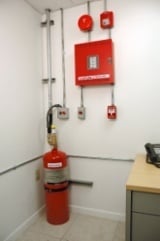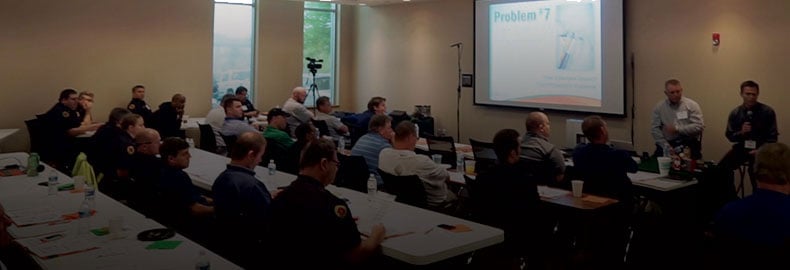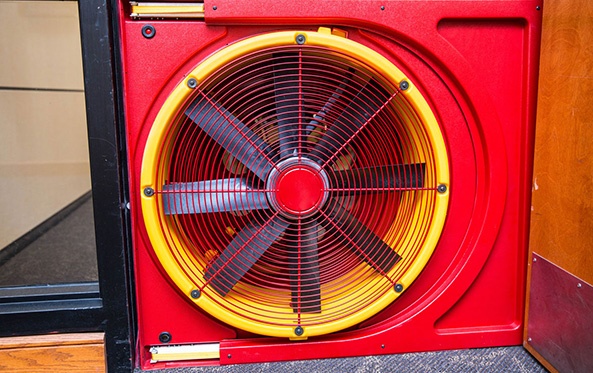Fire Supression Systems Association
posted this on February 26, 2024
The next video blog in the FSSA NFPA 855 Series is now available! The future looks promising with the rise of Lithium Iron Phosphate (LFP) batteries and hydrogen fuel cells on the horizon. Exciting..Read More







